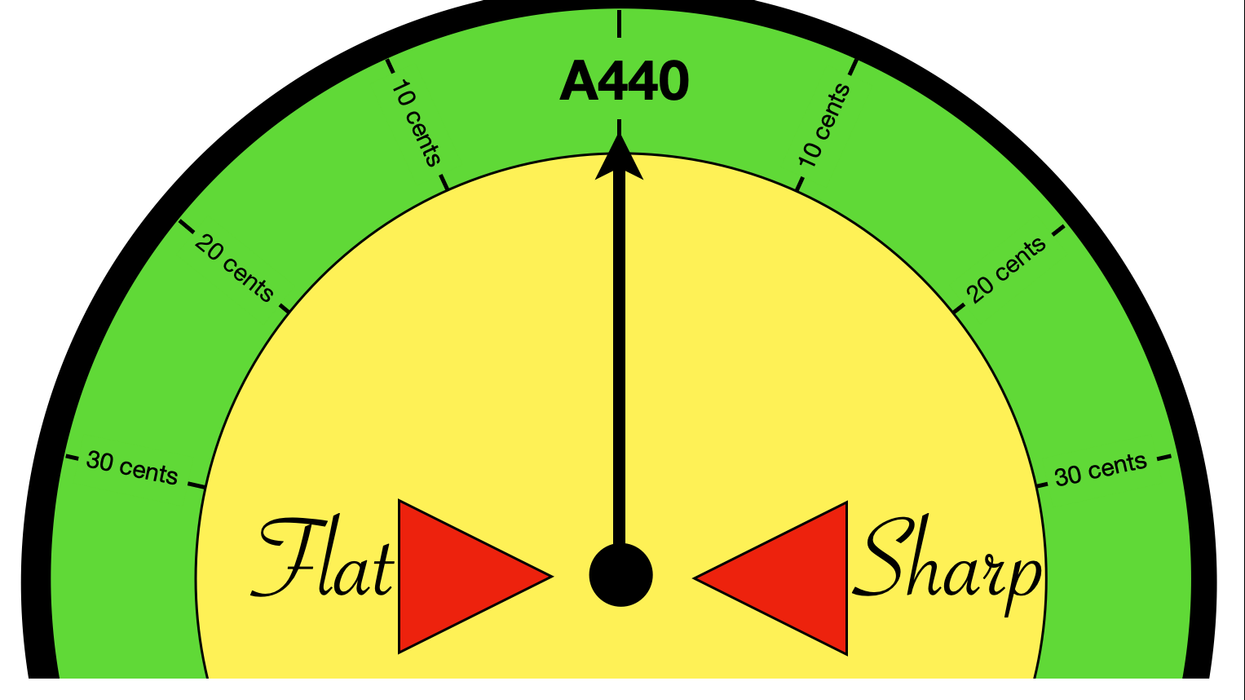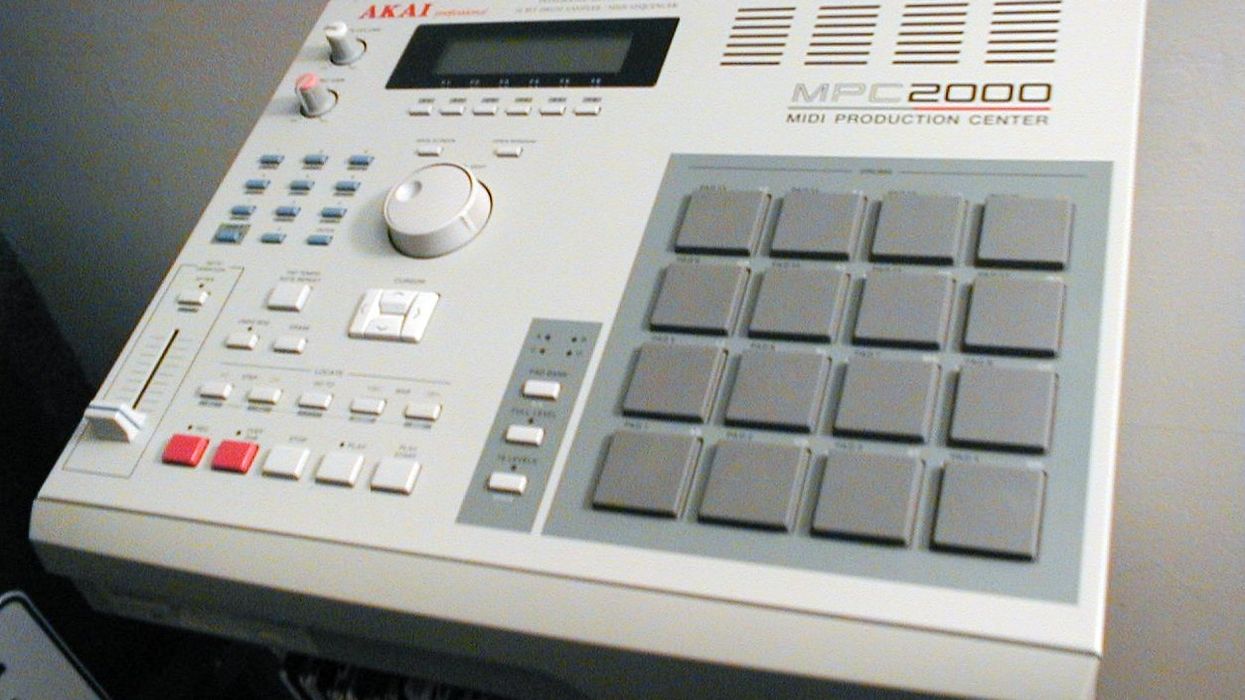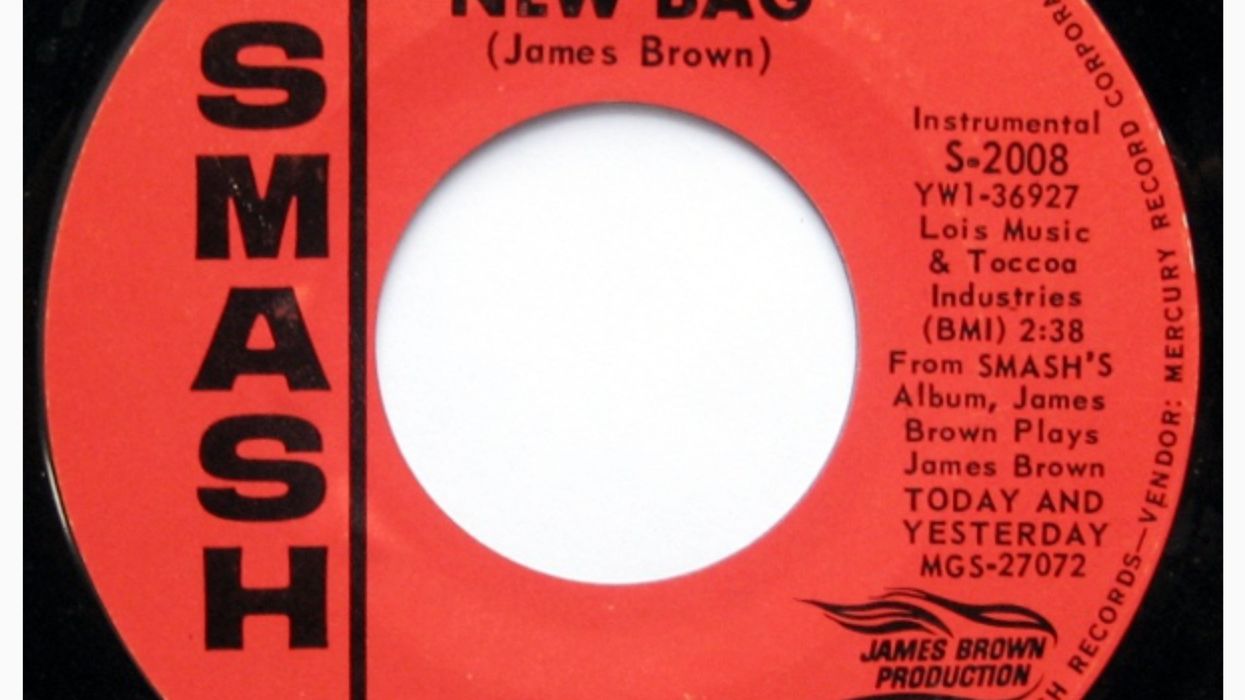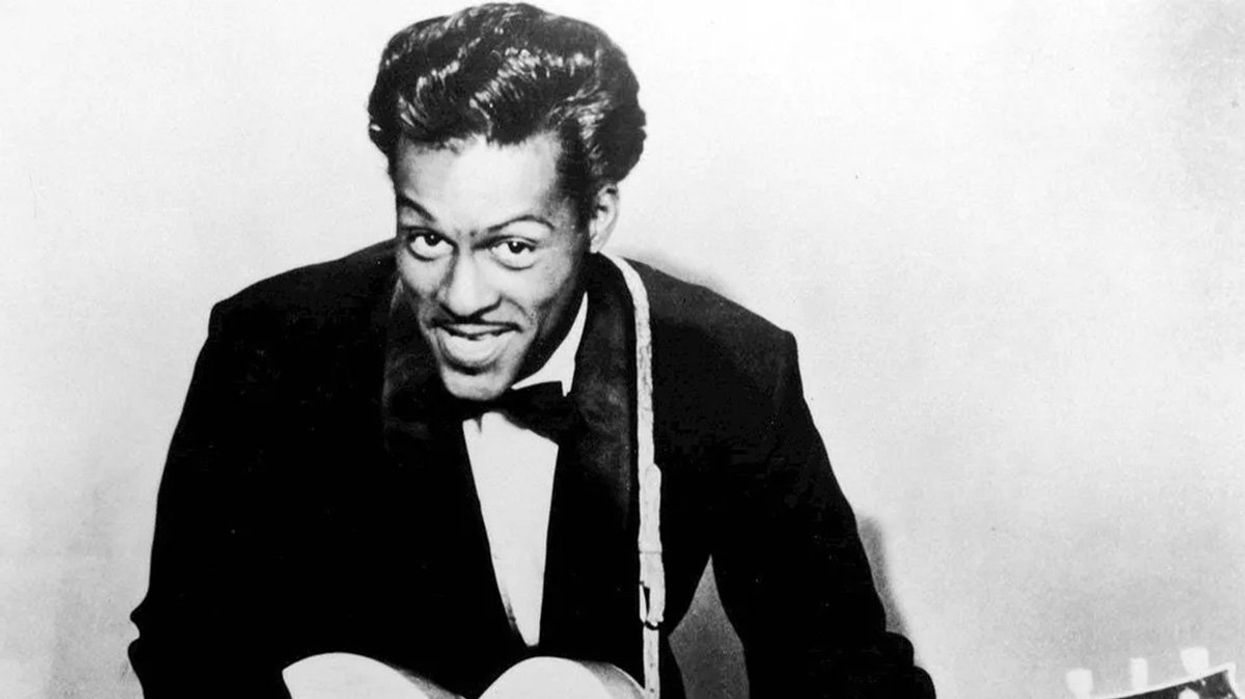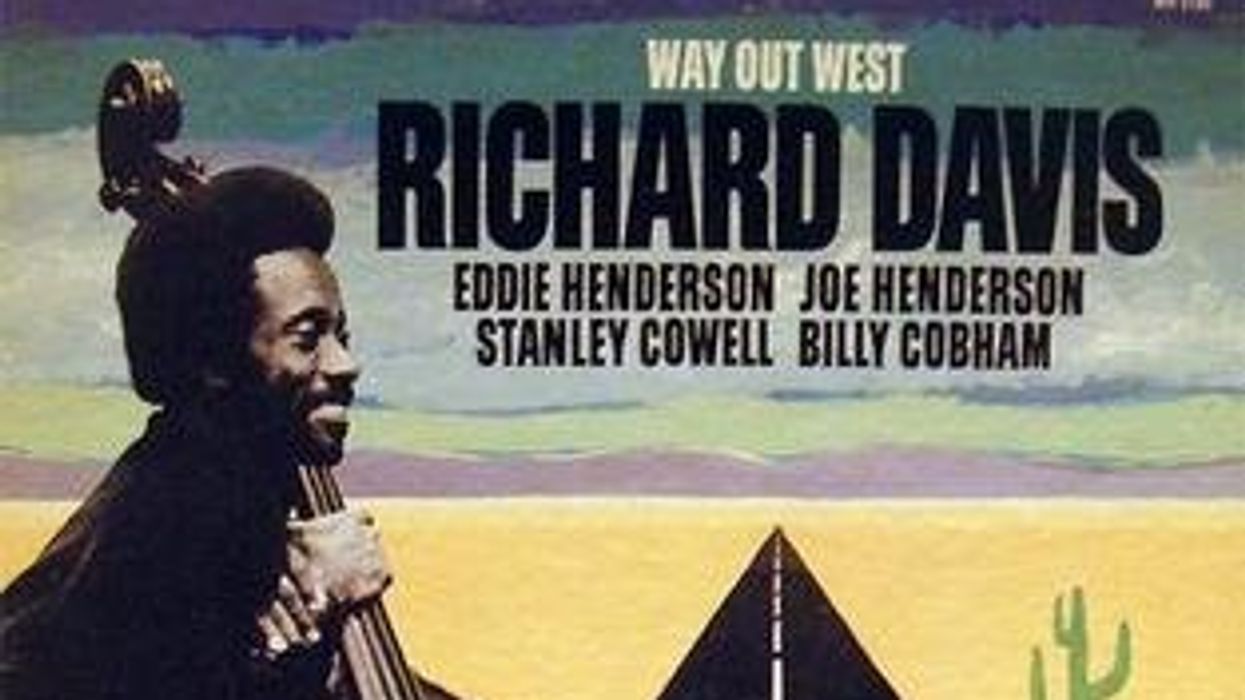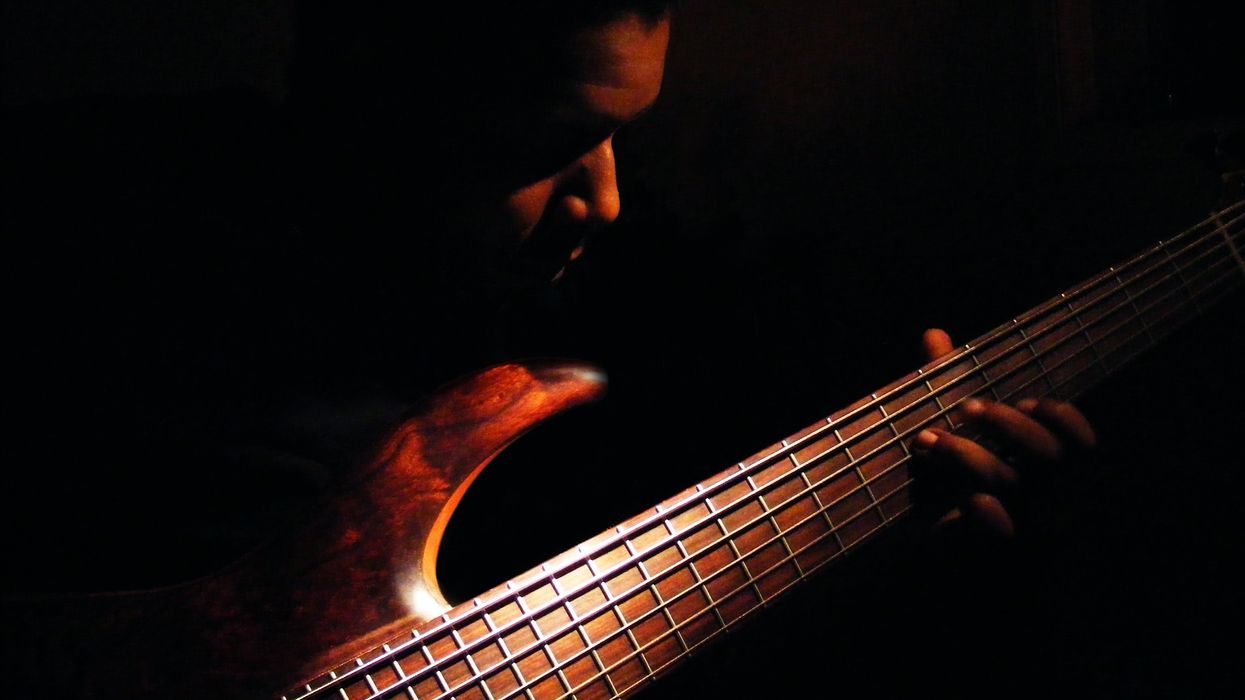As bassists, one of our most overlooked tools is our ears. In my opinion, our ability to hear and understand pitches and rhythms in real time is of equal importance to technique. For any musician who decides to take on the task of improving their ear, it probably won’t be long at all before they encounter the phenomenon of perfect pitch.
I still remember the fear, envy, and wonder that came over me the first time I heard those two words uttered. I was an 11-year-old aspiring musician experiencing my very first ear-training class. The teacher sat at the piano and played a series of notes and chords. Our job was to write down what we heard on the manuscript paper in front of us. I had no idea what I was hearing, and even less idea how to notate it. At the end of the class, the teacher browsed our papers, repeatedly shaking his head in disapproval until he came to Lindon Dominic’s paper. A smile came to his face as he held up that sheet and announced, “10 out of 10, Lindon! Gents, Lindon has perfect pitch, and you lot never will!” Sadly, at my school, the setting of low expectations and dashing of dreams was commonplace.
This is the day I began to conform to an erroneous point of view on the subject of perfect pitch. I believed it to be an unattainable thing that one is either blessed with or not—like being 7'5" in the NBA. Later in life, once I was exposed to much smarter people, my thinking (and ear) changed considerably for the better.
As one can imagine, perfect pitch would be a pretty awesome skill for any bassist (or other musician) to possess. One could hear any bass line, melody, or chord progression and instantly identify the key, notes, or chords. Fear not: though it may arguably be true that perfect pitch is something one is born with, there is something else equally awesome called relative pitch. And with training and hard work, it can be damn hard for anybody to tell the difference or know which a person is using.
The key to improving one’s ear or relative pitch is regular, structured practice that leverages our nature to memorize through repetition. Here is the method which I was taught by the great jazz saxophonist, Steve Coleman.
Go out and buy an A440 tuning fork and place it on your bedside table. For the first month, as soon as you awake in the morning, pick up the tuning fork and strike it on your knee, put it to your ear and listen for A440, and sing exactly what you hear. Observe and repeat the exact order and manner that you do these in, as, in the beginning, repetition and muscle memory are part of the process.
In month two, continue the same routine but now without the tuning fork to start. Instead, make the motion of picking up and striking an imaginary tuning fork, sing A440, and check your note with the real tuning fork. By the end of month two, you should be able to sing and identify A440 without any reference.
“The key to improving one’s ear or relative pitch is regular structured practice that leverages our nature to memorize through repetition.”
Going forward, repeat each month with a different note as your target. Rather than purchasing a new fork to find each new note each month, simply use relative pitch to find them. For instance, for the open strings on bass: E is a fifth above/fourth below A, D is a fifth below/fourth above, and G is a whole step below/minor seventh above. In this manner, you can find every other note until you can sing and identify all 12 notes, at which point you should have something pretty close to perfect pitch.
When I first went through this process, I accompanied each routine by choosing songs that I knew were in the particular key or started on the particular note I was working on. I’d also try to identify the keys of songs or even just sounds, like a bird singing, as I walked down the street. In the end, the beauty of this process is that it helps us to identify notes as if they were different colors, like yellow, green, or red, as opposed to just varying shades of gray.
Most people would never mistake yellow for green, because colors are distinct to us. The same is true for a person with perfect pitch or very good relative pitch. Each note has a quality they can recall. Either way, whether one is born with perfect pitch or not, we all still need to learn what it means. We need to learn the context and significance behind what we are hearing. Following this simple method, you should begin to notice a real difference in about 13 months.
